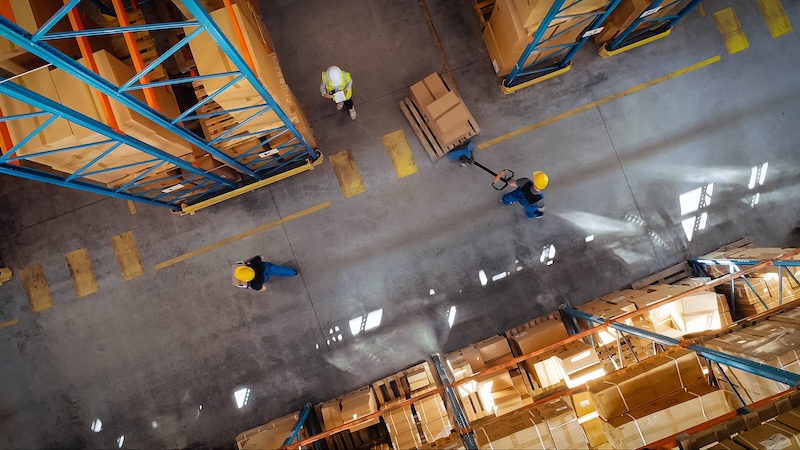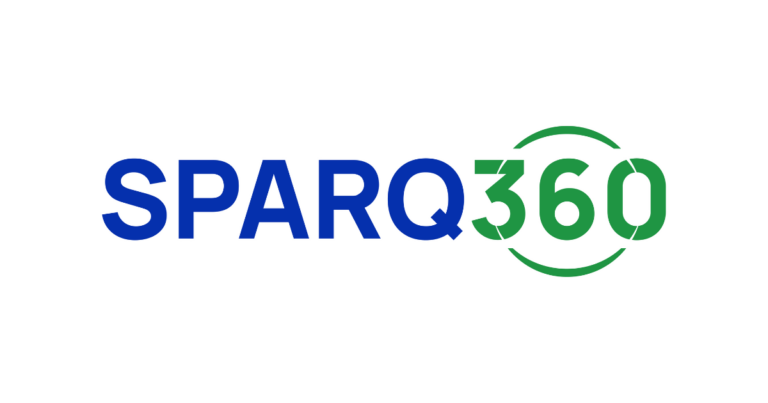How to Regain Agility Without Adding Cost
When a distribution center isn’t performing, the reflex is often to blame the building or the lack of automation. But in most cases, that’s not the problem.
The real issues emerge in the workflow, the utilization of space, training methods, and the mismatch between the warehouse layout and the operations it’s now expected to support.
We’ve seen this firsthand in facilities that were initially built for truckload, make-to-order shipping—and are now expected to handle case-picking, mixed-SKU pallets, LTL, and tight labor availability. These operations don’t need expensive automation or a new WMS. They need realignment.
Here’s what actually works.
Reclaim Flow Before Rebuilding Walls
In older DCs, pick paths and staging zones often evolved ad hoc. When we run a value stream map or walk the floor with warehouse leads, we consistently find unnecessary motion, over-handling, and poor slotting that kill throughput. Small changes—moving fast turns closer to pack-out, restructuring backstock areas, or redefining lanes—can increase pick rates without any tech investment.
Use Dwell Time to Create Space
Most sites have more usable space than they think—they just can’t see it. By re-zoning based on dwell time, dead inventory, and fast movers, teams can free up 10–20% of their floor space. Buffer zones and staging lanes often become dumping grounds. Cleaning this up and applying basic 5S can delay or eliminate the need for physical expansion.
Reorganize Labor by Volume, Not Titles
In DCs that have shifted from full-pallet to mixed-unit picking, job roles don’t evolve fast enough. We’ve helped sites restructure labor so that receiving, replenishment, and pick/pack teams are aligned by process flow and time-of-day volume—not old job descriptions. That’s how you eliminate idle time, stop clogging packing stations, and reduce overtime without cutting headcount.
Targeted Training Fixes the Real Gaps
Many training programs are too broad. We focus on the 3–5 processes that are generating the most errors, slowdowns, or double handling. Sometimes it’s how staging is done, sometimes it’s mislabeling or incorrect replenishment. Fix those first, and performance lifts across the board.
Define What ‘Good’ Looks Like
The biggest blocker to improvement isn’t always the process—it’s clarity. Supervisors aren’t aligned on priorities. Operators don’t know what “done right” means. Before touching layout or roles, we document future-state expectations and back them with visual SOPs. This is how we support successful implementation, even in high-turnover environments.
Bottom Line
If your DC is struggling, the fix isn’t a software upgrade or warehouse expansion. Start with layout, flow, labor alignment, and targeted training. You’ll get better performance, more usable space, and less reliance on heroics—without spending on CapEx. That’s how we help clients move fast and get real results.







